Home>Gardening & Outdoor>Landscaping Ideas>How To Kill Crabgrass In Your Lawn
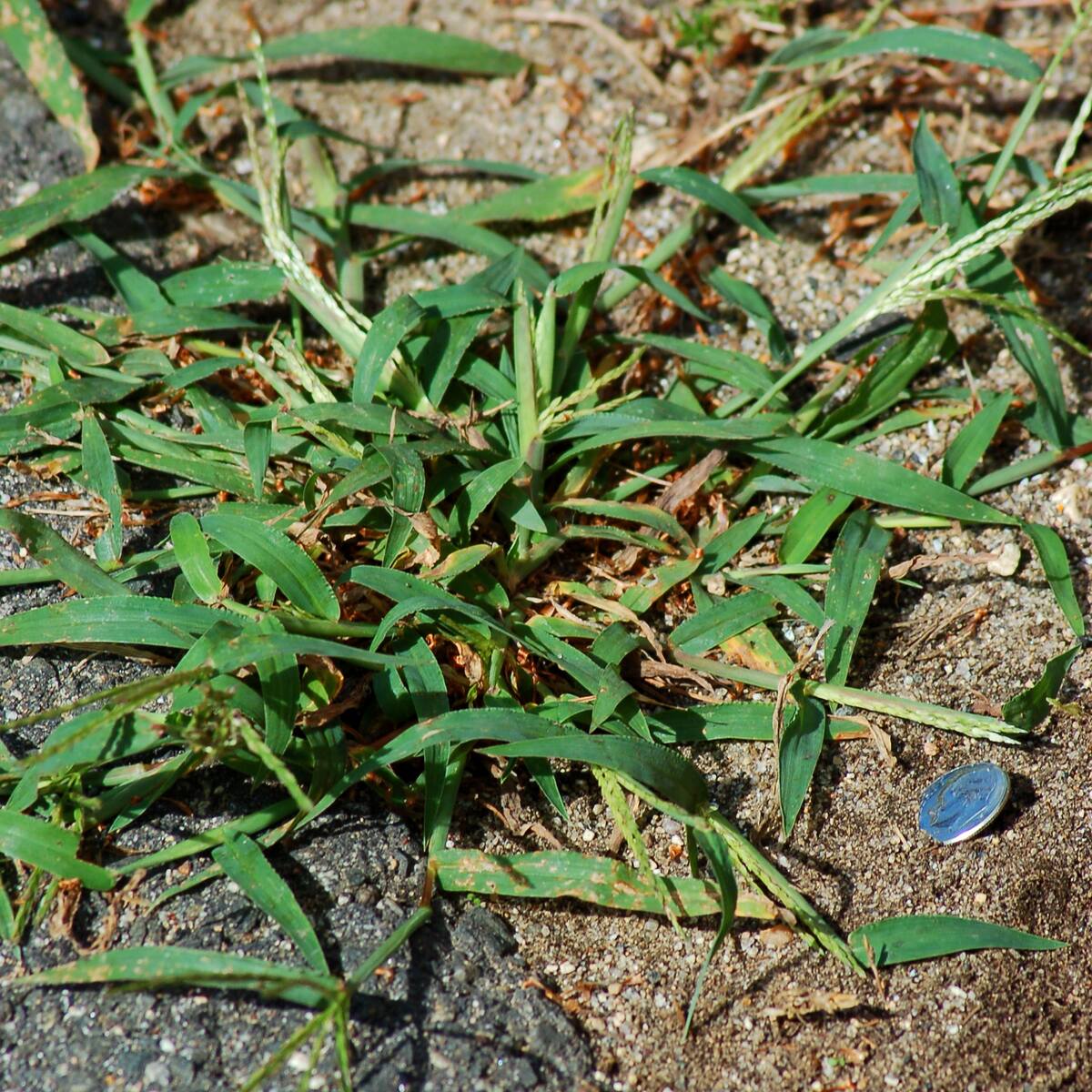

Landscaping Ideas
How To Kill Crabgrass In Your Lawn
Modified: March 27, 2024
Learn effective landscaping ideas for killing crabgrass in your lawn. Discover expert tips and techniques to achieve a weed-free, lush green lawn.
(Many of the links in this article redirect to a specific reviewed product. Your purchase of these products through affiliate links helps to generate commission for Storables.com, at no extra cost. Learn more)
Introduction
Welcome to the battle against crabgrass in your lawn. Dealing with this pesky, invasive weed can be a frustrating experience for many homeowners, but fear not – armed with the right knowledge and strategies, you can effectively combat crabgrass and reclaim the lush, green expanse of your yard.
In this comprehensive guide, we will delve into the world of crabgrass, exploring its characteristics, understanding its growth patterns, and learning how to prevent its proliferation. We will also discuss various methods for removing and controlling crabgrass, including both chemical and organic approaches. By the end of this article, you will be equipped with the expertise to tackle crabgrass infestations and restore the beauty of your lawn.
Key Takeaways:
- Don’t let crabgrass take over your lawn! Maintain a healthy lawn, time pre-emergent herbicide applications, and consider manual removal for small infestations to keep your yard lush and weed-free.
- Choose the right strategy to combat crabgrass. Whether it’s manual removal, chemical control, or organic methods, there are effective ways to reclaim your lawn and keep it thriving without synthetic chemicals.
Read more: What Kills Crabgrass In Lawns
Understanding Crabgrass
Crabgrass, scientifically known as Digitaria, is a pervasive weed that plagues lawns across the United States. Its name is derived from the plant’s low-growing, spreading habit, which resembles the limbs of a crab. This annual weed thrives in warm, sunny conditions and can quickly overrun a lawn if left unchecked.
Identifying crabgrass is crucial for effective management. The plant features coarse, light green blades that form a rosette pattern, radiating from a central point. As the season progresses, crabgrass produces finger-like seed heads, which are a telltale sign of its presence. These seeds are a major contributor to the weed’s aggressive spread, as a single plant can produce thousands of them.
Crabgrass is particularly adept at outcompeting desirable turf grasses for essential resources such as water, sunlight, and nutrients. Its rapid growth and prolific seed production enable it to quickly establish a foothold in lawns, often creating unsightly patches that disrupt the uniformity of the grass.
Understanding the life cycle of crabgrass is essential for effective control. The weed germinates from seeds in the spring, typically when soil temperatures reach around 55 to 60 degrees Fahrenheit. As temperatures soar in the summer, crabgrass enters a phase of vigorous growth, spreading its seeds and establishing new plants. By the time fall arrives, the mature plants release their seeds, ensuring the cycle continues in the following year.
Now that we’ve gained insight into the nature of crabgrass, we can proceed to explore preventive measures to thwart its encroachment on your lawn.
Prevention
Preventing crabgrass from taking root in your lawn is a proactive approach that can save you time and effort in the long run. By implementing a few key strategies, you can create an environment that is less hospitable to this invasive weed, thereby reducing the likelihood of an infestation.
One of the most effective preventive measures is to maintain a healthy and robust lawn. A dense, well-nourished turf acts as a natural deterrent to crabgrass by depriving it of the space and resources it needs to thrive. Regular mowing at the appropriate height for your grass type, coupled with proper watering and fertilization, promotes the growth of a vigorous lawn that can outcompete crabgrass.
Another crucial aspect of prevention is timing. Applying a pre-emergent herbicide before crabgrass seeds germinate can significantly impede its growth. These herbicides create a barrier in the soil that inhibits the germination of crabgrass seeds, effectively thwarting its establishment. It’s important to apply pre-emergent herbicides at the right time, typically in early spring before soil temperatures reach the threshold for crabgrass germination.
Utilizing proper lawn care practices, such as aerating the soil to improve drainage and reduce thatch buildup, also contributes to creating an environment that is less favorable for crabgrass. By addressing soil compaction and promoting healthy root development, you can fortify your lawn against weed encroachment.
Additionally, being mindful of your lawn maintenance equipment can help prevent the inadvertent spread of crabgrass seeds. Cleaning and disinfecting lawn care tools, such as mowers and trimmers, can prevent the transportation of seeds from infested areas to crabgrass-free zones.
By adopting these preventive measures and maintaining a vigilant approach to lawn care, you can bolster the resilience of your lawn against crabgrass infestations. However, if crabgrass has already infiltrated your turf, it may be necessary to employ methods for its removal and control, which we will explore in the following sections.
Manual Removal
When dealing with isolated patches of crabgrass or when the infestation is relatively small, manual removal can be an effective and environmentally friendly method for eliminating this weed from your lawn. While it may be labor-intensive, especially in larger areas, the process can be quite rewarding and offers the satisfaction of directly addressing the problem without the use of chemicals.
To manually remove crabgrass, begin by loosening the soil around the weed using a hand trowel or similar tool. It’s important to dig deep enough to remove the entire root system, as any remnants left behind can lead to the regrowth of the weed. Once the soil is loosened, carefully grasp the base of the crabgrass plant and gently pull it upward, ensuring that the entire root system is extracted.
After removing the crabgrass, promptly dispose of it to prevent the spread of seeds. Bagging the weeds and discarding them is advisable, as it prevents the seeds from re-entering your lawn and germinating elsewhere. Avoid adding the crabgrass to your compost, as the heat generated during the composting process may not be sufficient to destroy the seeds.
For larger infestations, consider using a dethatching rake or a similar tool to extract the crabgrass. This can be especially effective when the weed has spread across a wider area, as it allows for the simultaneous removal of multiple plants. After removing the crabgrass, ensure that the exposed soil is promptly reseeded and watered to encourage the growth of desirable grass and prevent the vacant spaces from being overtaken by new weeds.
While manual removal can be a time-consuming endeavor, it offers the advantage of directly addressing the problem without introducing chemicals into your lawn. However, for more extensive infestations or for those seeking alternative methods, chemical control options can provide effective solutions for managing crabgrass, which we will explore next.
Apply a pre-emergent herbicide in early spring to prevent crabgrass seeds from germinating. For existing crabgrass, use a post-emergent herbicide in late spring or early summer. Make sure to follow the product instructions carefully.
Chemical Control
Chemical control methods offer an efficient approach to managing crabgrass infestations, especially in cases where manual removal or preventive measures have proven insufficient. When used judiciously and in accordance with label instructions, herbicides can effectively target crabgrass while minimizing harm to desirable turf grasses.
Selective herbicides formulated specifically for crabgrass control are a popular choice for many homeowners. These herbicides target crabgrass while sparing most types of lawn grass when applied correctly. Post-emergent herbicides are designed to be used after the crabgrass has already sprouted, targeting the actively growing plants. It’s important to apply post-emergent herbicides when the crabgrass is young and actively growing for optimal effectiveness.
Non-selective herbicides, such as glyphosate, can also be used to eradicate crabgrass, but they should be applied with caution, as they will kill any plant they come into contact with. Non-selective herbicides are best suited for spot treatments in areas where crabgrass has overtaken the lawn and there are no desirable plants to preserve.
When using herbicides, it’s essential to adhere to the application instructions and safety precautions provided by the manufacturer. This includes wearing protective gear, such as gloves and goggles, and avoiding application during windy conditions to prevent unintended drift. Additionally, be mindful of any restrictions on reseeding or replanting after herbicide application to ensure the successful recovery of your lawn.
For those who prefer a more natural approach, there are also organic herbicides available that utilize ingredients such as acetic acid or essential oils to target crabgrass. While organic options may require more frequent applications and often take longer to produce visible results, they offer an eco-friendly alternative for those seeking to minimize the use of synthetic chemicals.
Before using any herbicide, it’s advisable to consult with a local extension service or a knowledgeable professional to determine the most suitable product for your specific lawn and to ensure compliance with local regulations regarding herbicide use.
While chemical control methods can be effective in managing crabgrass, those who prefer to avoid the use of herbicides altogether may opt for organic control methods, which we will explore in the next section.
Read more: How To Kill Crabgrass
Organic Control
For homeowners seeking natural and eco-friendly alternatives to manage crabgrass without the use of synthetic chemicals, organic control methods offer effective solutions that align with environmentally conscious practices. By leveraging natural strategies and products, you can combat crabgrass while promoting the overall health and vitality of your lawn.
One of the fundamental principles of organic crabgrass control involves fostering a healthy lawn through proper maintenance practices. This includes mowing at the appropriate height for your grass type, ensuring proper irrigation to support strong root systems, and providing essential nutrients through organic fertilizers. A well-maintained lawn naturally inhibits the establishment of weeds like crabgrass by creating an environment where desirable grasses can thrive and outcompete invasive species.
Introducing and encouraging the growth of competitive grass species, such as fine fescues, can help suppress crabgrass and other weeds. These grasses have a dense growth habit and can outcompete crabgrass, reducing its ability to establish a foothold in the lawn. Overseeding with desirable grass species can help fill in bare areas and further discourage weed encroachment.
Applying organic pre-emergent herbicides derived from natural ingredients, such as corn gluten meal, can effectively inhibit the germination of crabgrass seeds. These products create a barrier in the soil that prevents the emergence of crabgrass while providing organic matter to the lawn. It’s important to apply organic pre-emergent herbicides at the appropriate time in the spring to coincide with the germination period of crabgrass seeds.
Another organic approach involves using natural weed control products containing ingredients like acetic acid, clove oil, or citrus extracts. These products target crabgrass and other weeds while minimizing the impact on the surrounding environment. When using organic herbicidal products, it’s crucial to follow the application instructions carefully and apply them during favorable weather conditions for optimal results.
In addition to these methods, maintaining a thick and healthy lawn through proper watering, aeration, and soil enrichment contributes to the overall suppression of crabgrass and other weeds. By fostering a robust turf ecosystem, you can create an inhospitable environment for invasive plants, promoting a naturally resilient and weed-resistant lawn.
By incorporating these organic control methods into your lawn care regimen, you can effectively manage crabgrass while upholding a commitment to environmentally friendly practices. With the right approach, you can achieve a lush, thriving lawn without compromising on sustainability.
Conclusion
As we conclude our exploration of crabgrass management, it’s evident that combating this persistent weed requires a multifaceted approach that encompasses prevention, removal, and control strategies. By understanding the nature of crabgrass and implementing targeted measures, homeowners can effectively reclaim their lawns from the clutches of this invasive plant.
Prevention emerges as a cornerstone of effective crabgrass management, with practices such as maintaining a healthy lawn, timing pre-emergent herbicide applications, and implementing proper lawn care techniques serving as proactive measures to thwart crabgrass infestations. By creating an environment that is conducive to the growth of desirable grasses, homeowners can fortify their lawns against weed encroachment.
For those contending with existing crabgrass, manual removal offers a hands-on approach to directly addressing the problem, especially in smaller infestations. While labor-intensive, this method allows for the targeted extraction of the weed without the use of chemicals, providing a gratifying solution for homeowners who prefer a more natural approach.
Chemical control methods, including selective and non-selective herbicides, present efficient options for managing crabgrass infestations, especially in larger or more persistent cases. When used responsibly and in accordance with label instructions, herbicides can effectively target crabgrass while minimizing harm to desirable turf grasses, enabling homeowners to regain control of their lawns.
For those with a preference for natural and environmentally friendly approaches, organic control methods offer effective solutions for managing crabgrass without the use of synthetic chemicals. By leveraging natural strategies, products, and maintenance practices, homeowners can foster a resilient and weed-resistant lawn while minimizing their environmental impact.
Ultimately, the battle against crabgrass is a dynamic and ongoing endeavor that requires vigilance, knowledge, and a tailored approach to lawn care. By integrating preventive measures, targeted removal techniques, and suitable control methods, homeowners can reclaim the beauty of their lawns and enjoy lush, thriving landscapes free from the clutches of crabgrass.
Armed with the insights and strategies presented in this guide, you are well-equipped to embark on your journey to conquer crabgrass and cultivate a lawn that is a testament to your dedication and care. With a blend of proactive measures, hands-on removal, and effective control methods, you can transform your lawn into a verdant oasis that flourishes with vitality and beauty.
Frequently Asked Questions about How To Kill Crabgrass In Your Lawn
Was this page helpful?
At Storables.com, we guarantee accurate and reliable information. Our content, validated by Expert Board Contributors, is crafted following stringent Editorial Policies. We're committed to providing you with well-researched, expert-backed insights for all your informational needs.
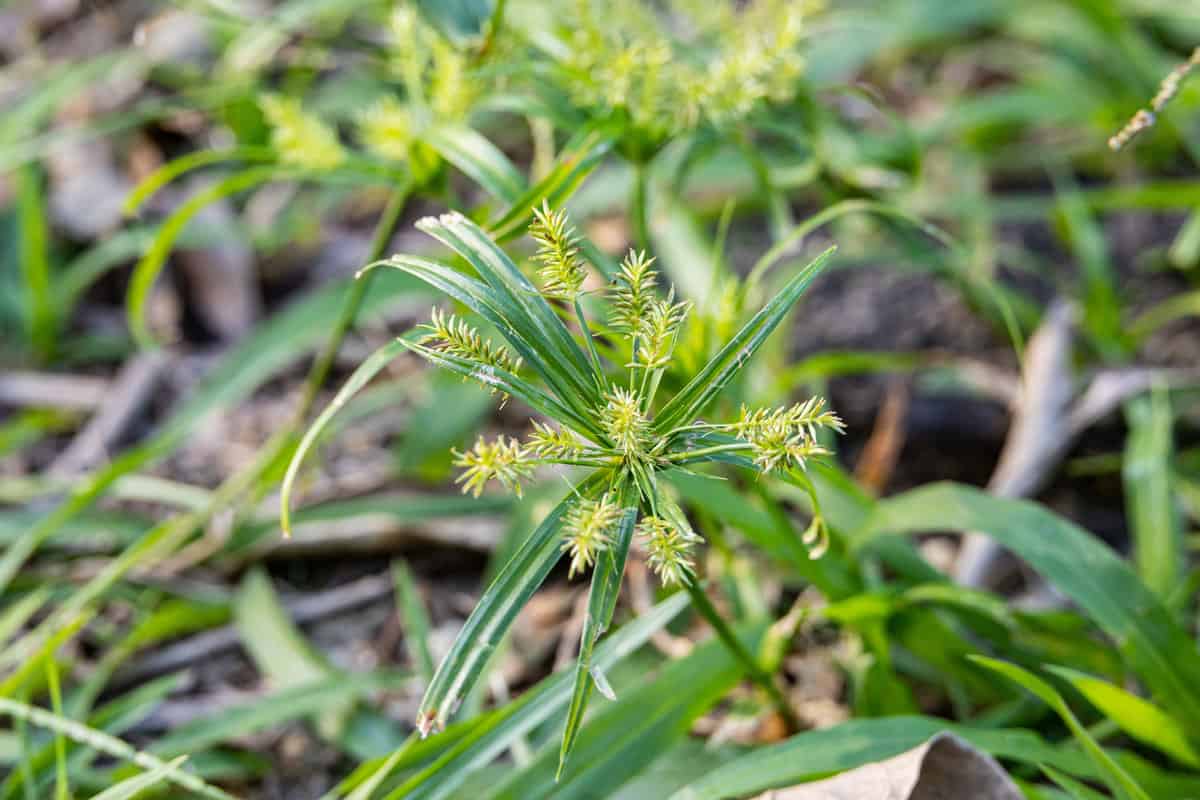
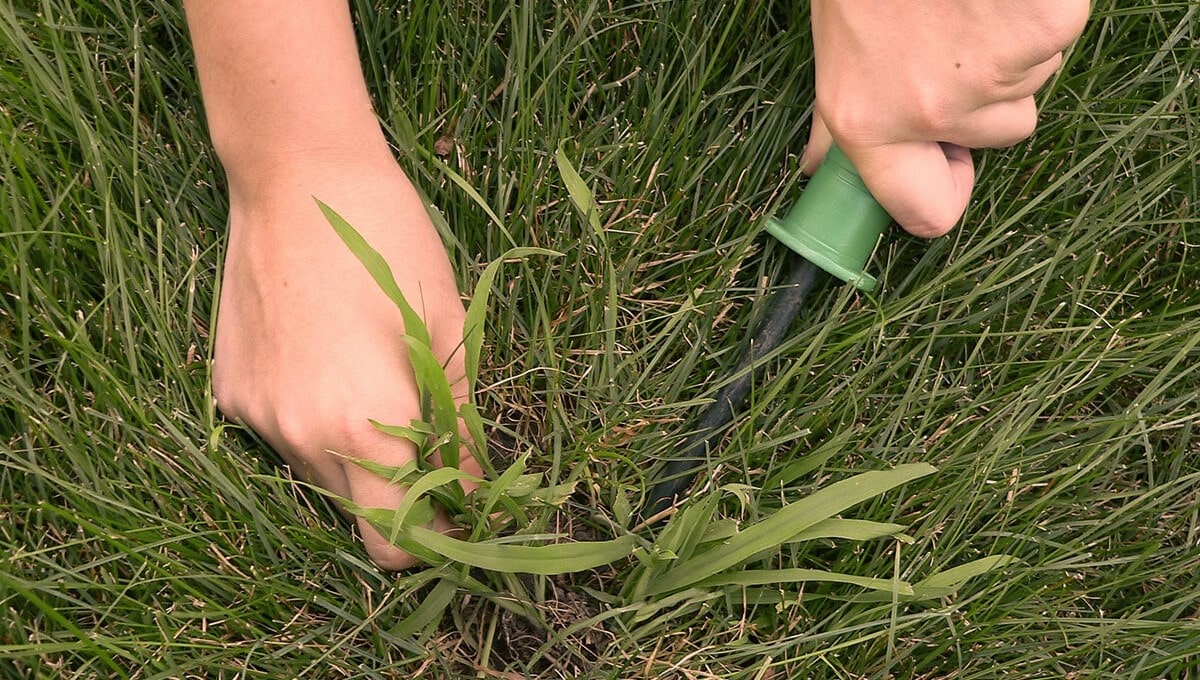
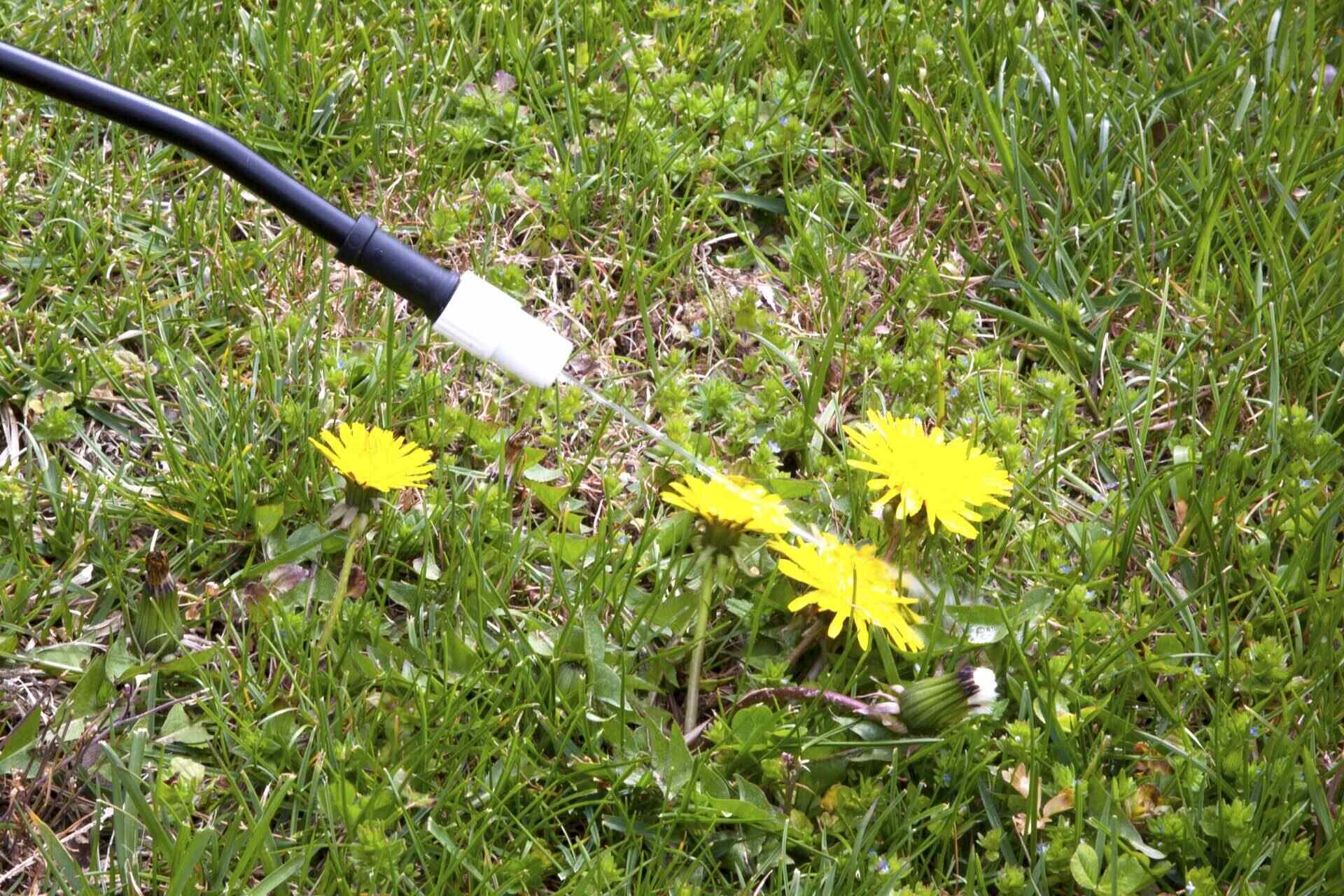
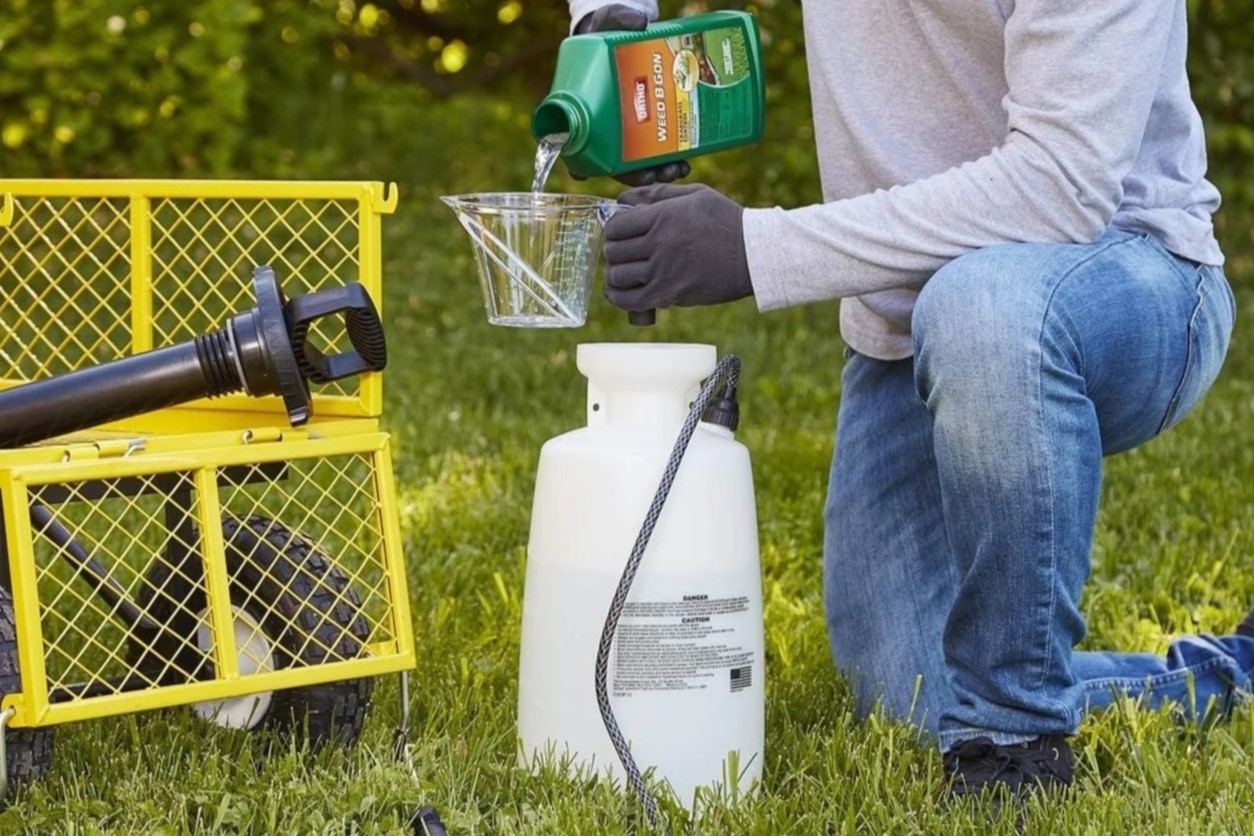
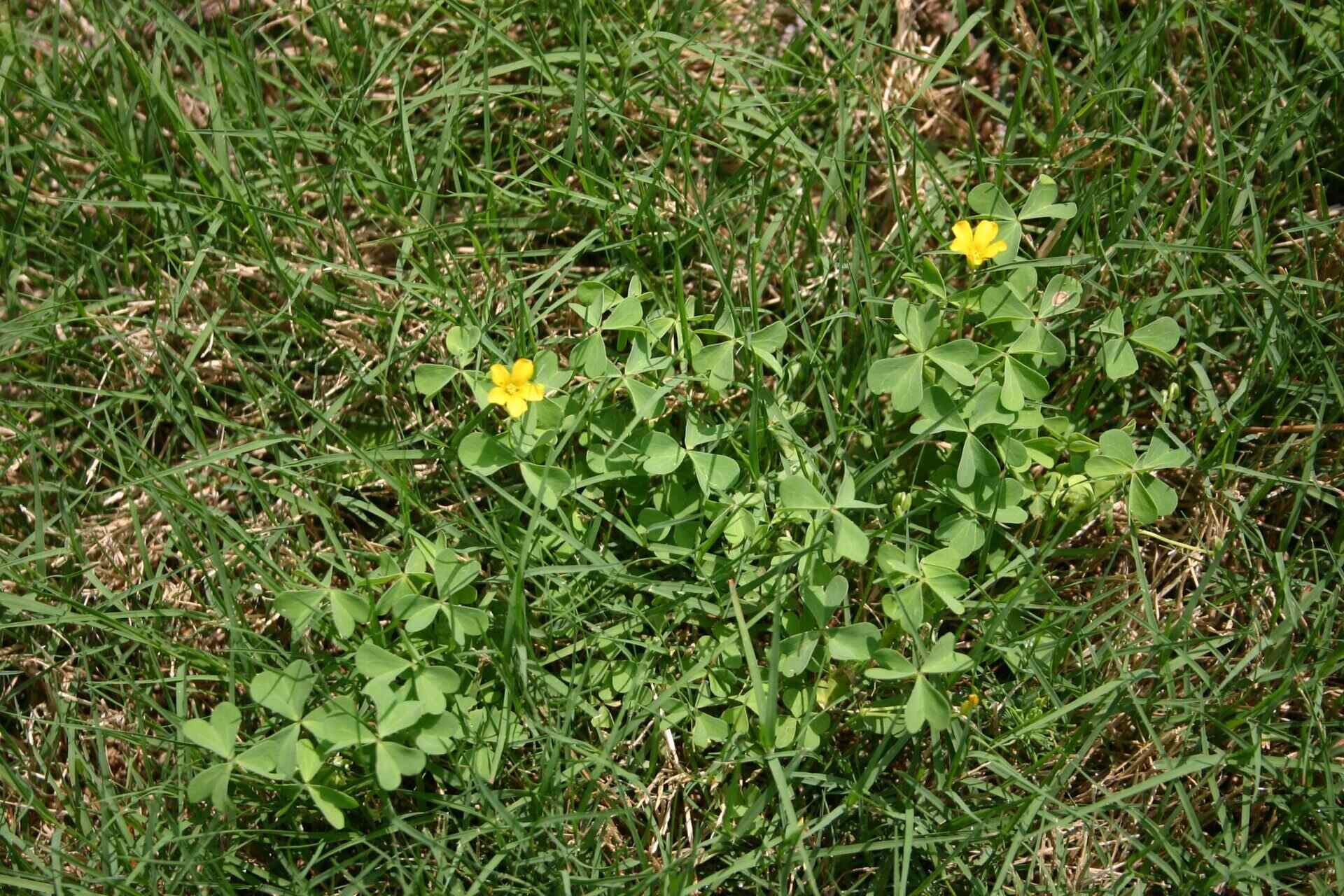
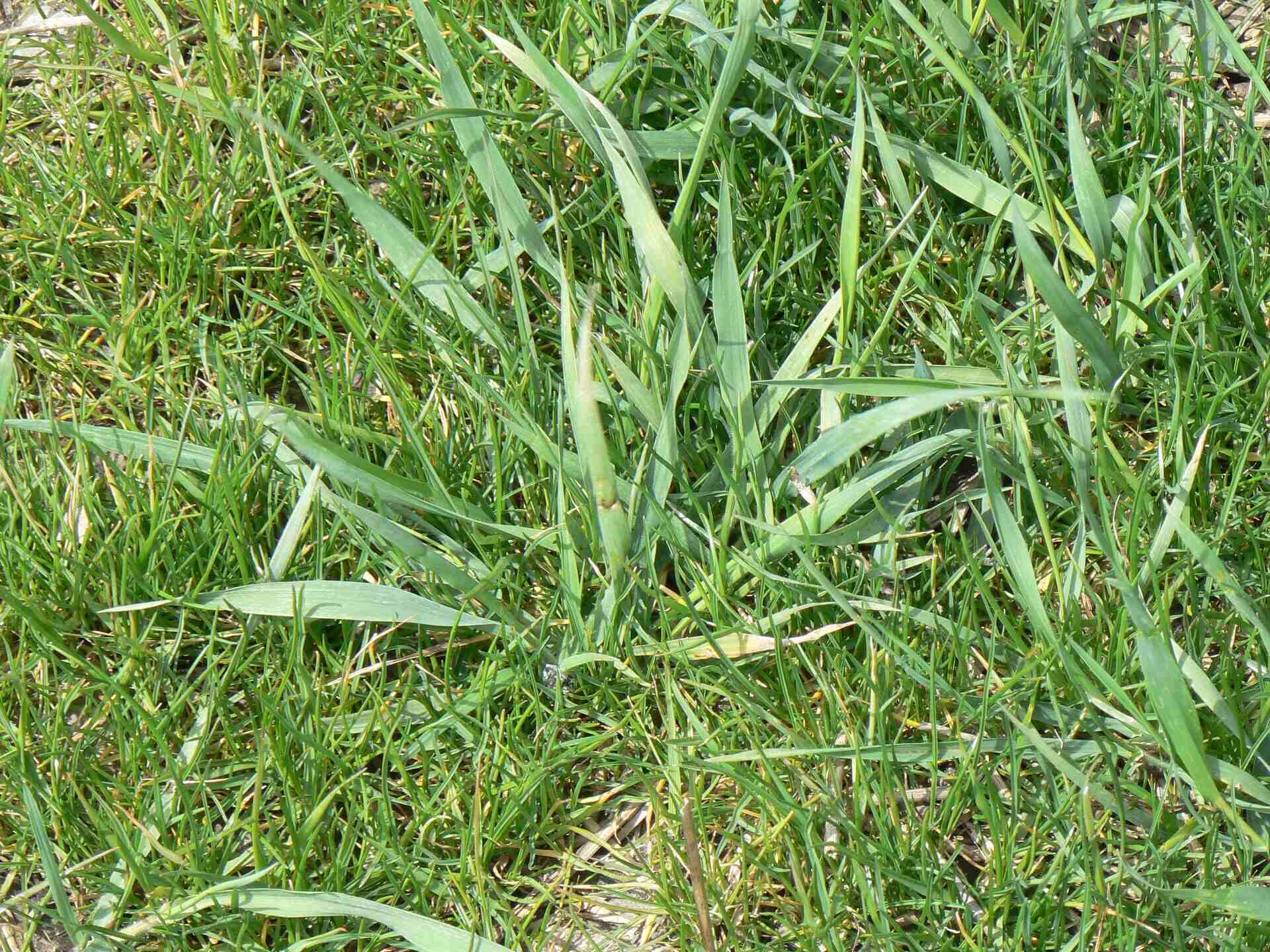
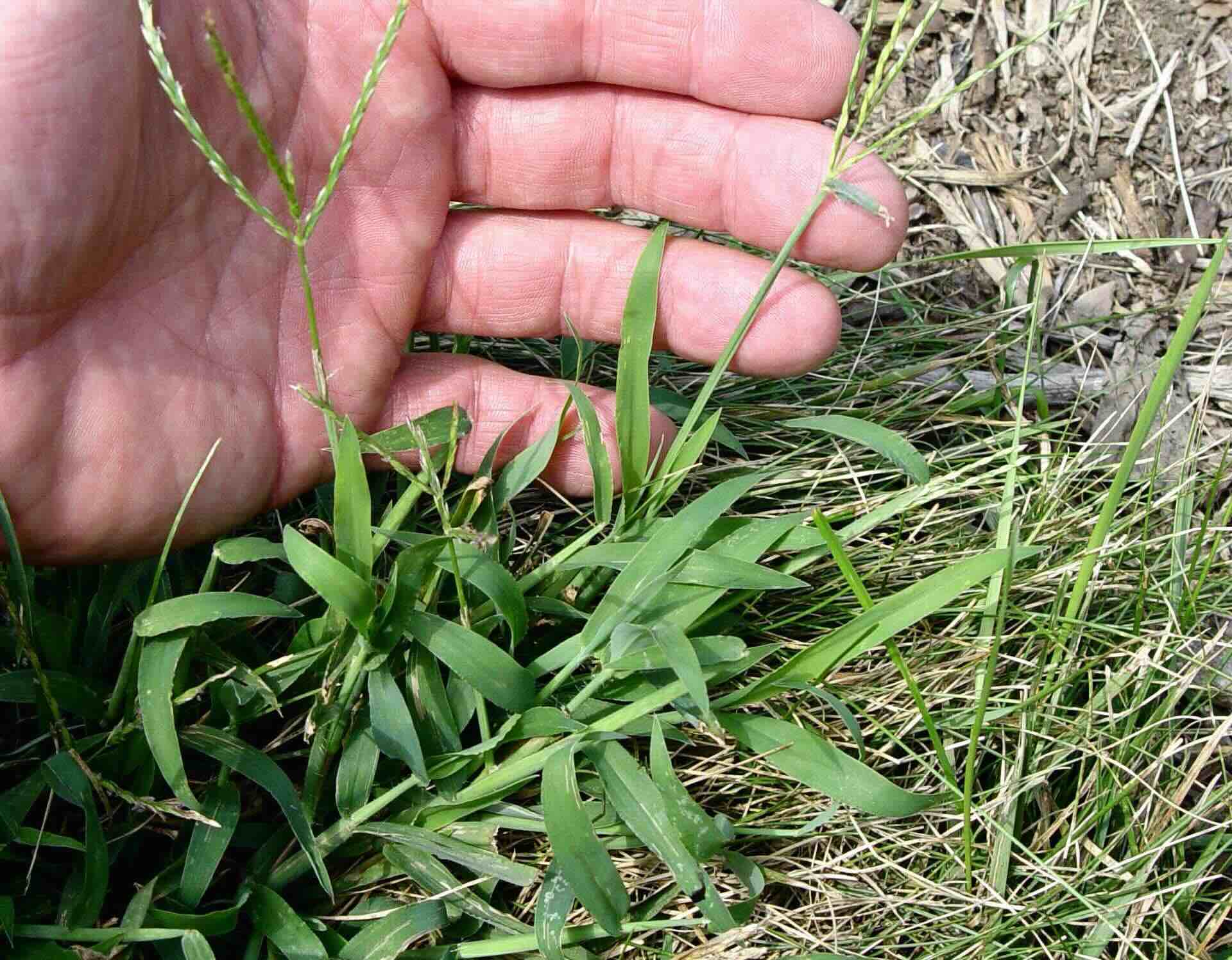
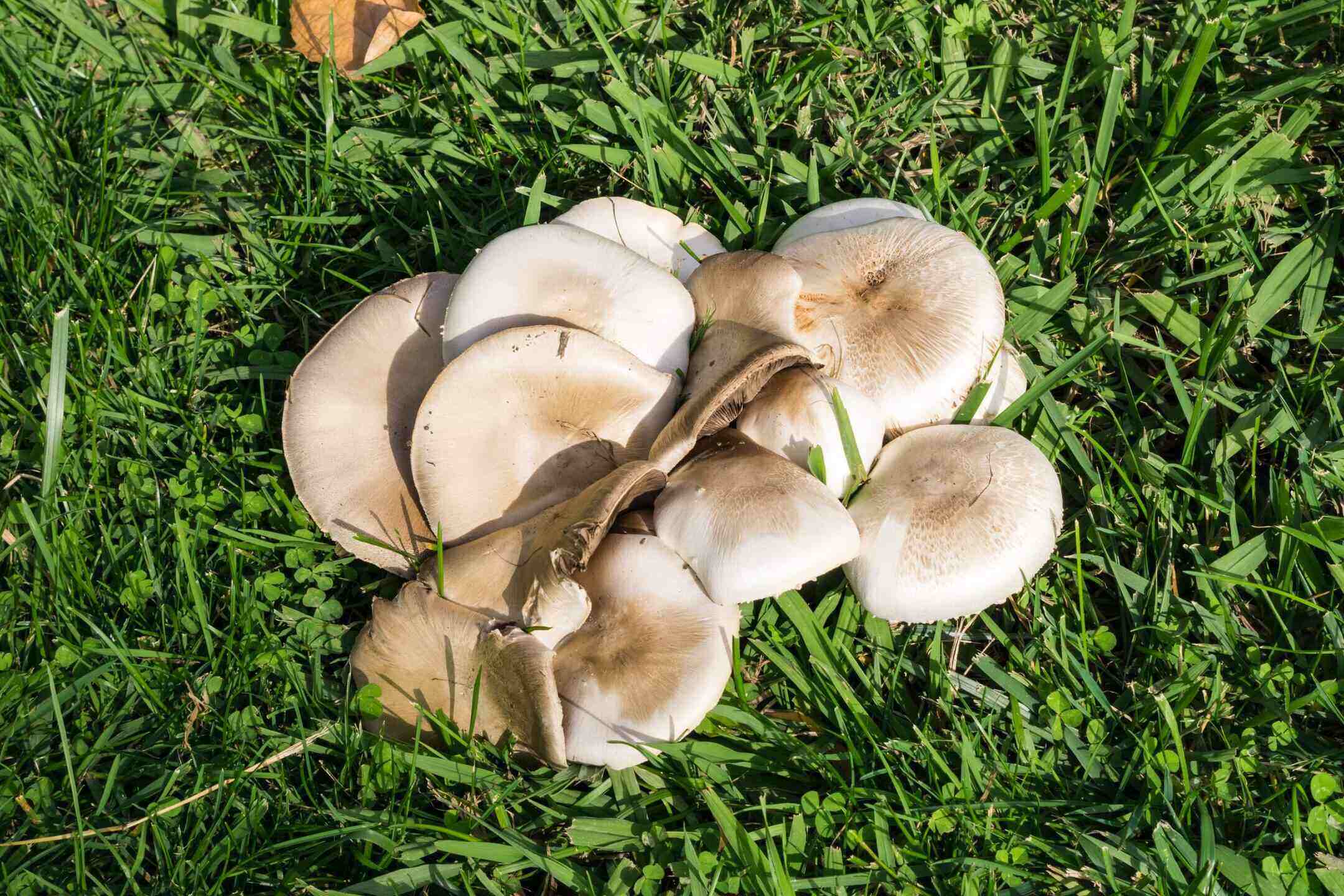
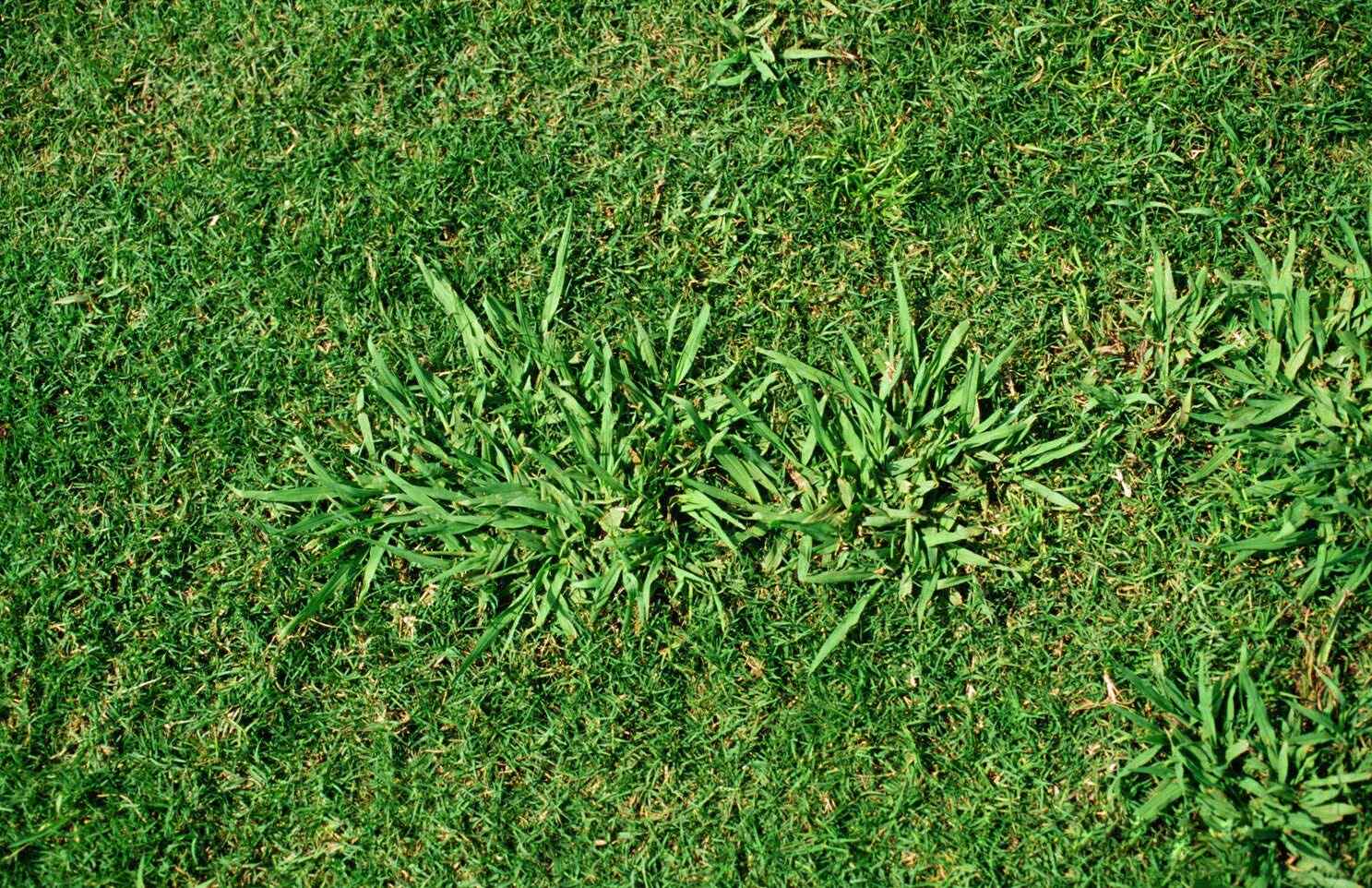
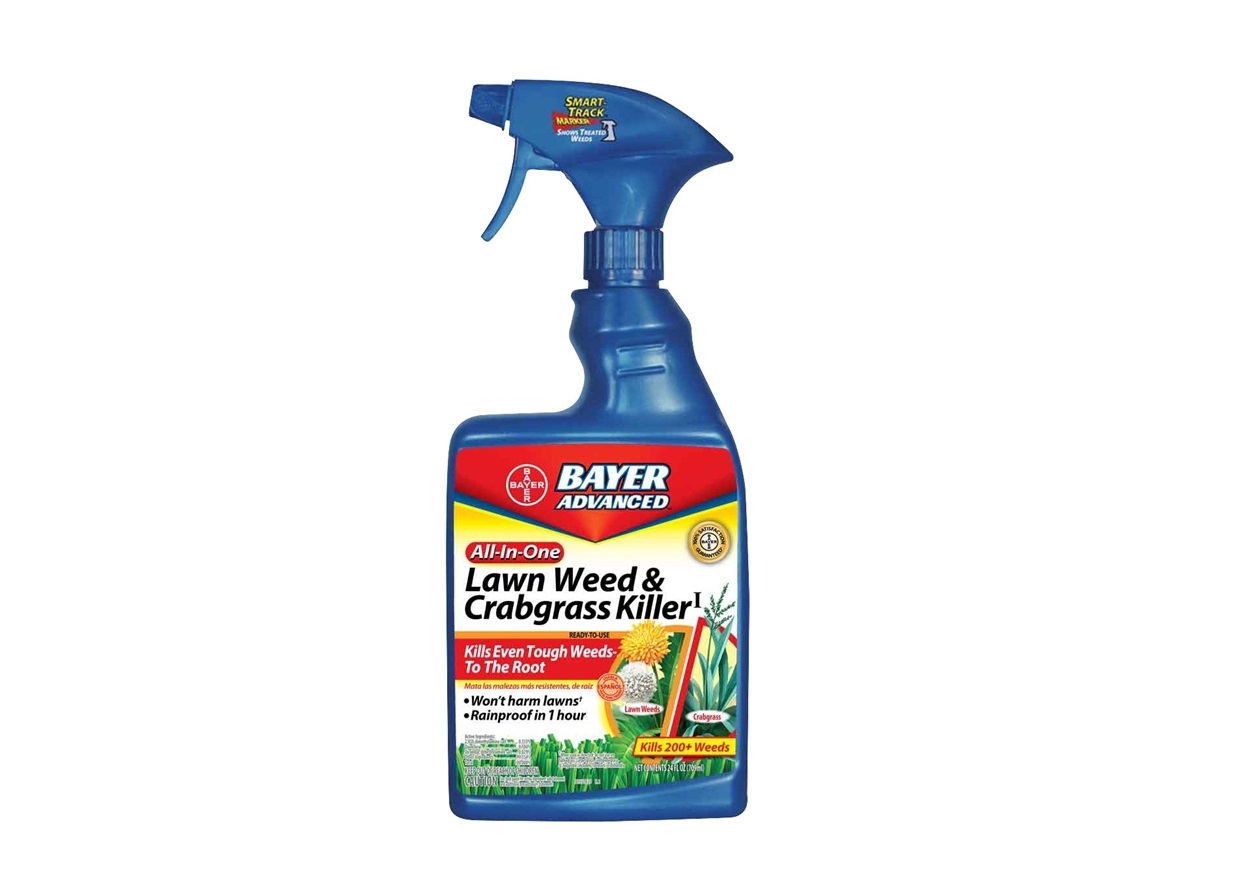

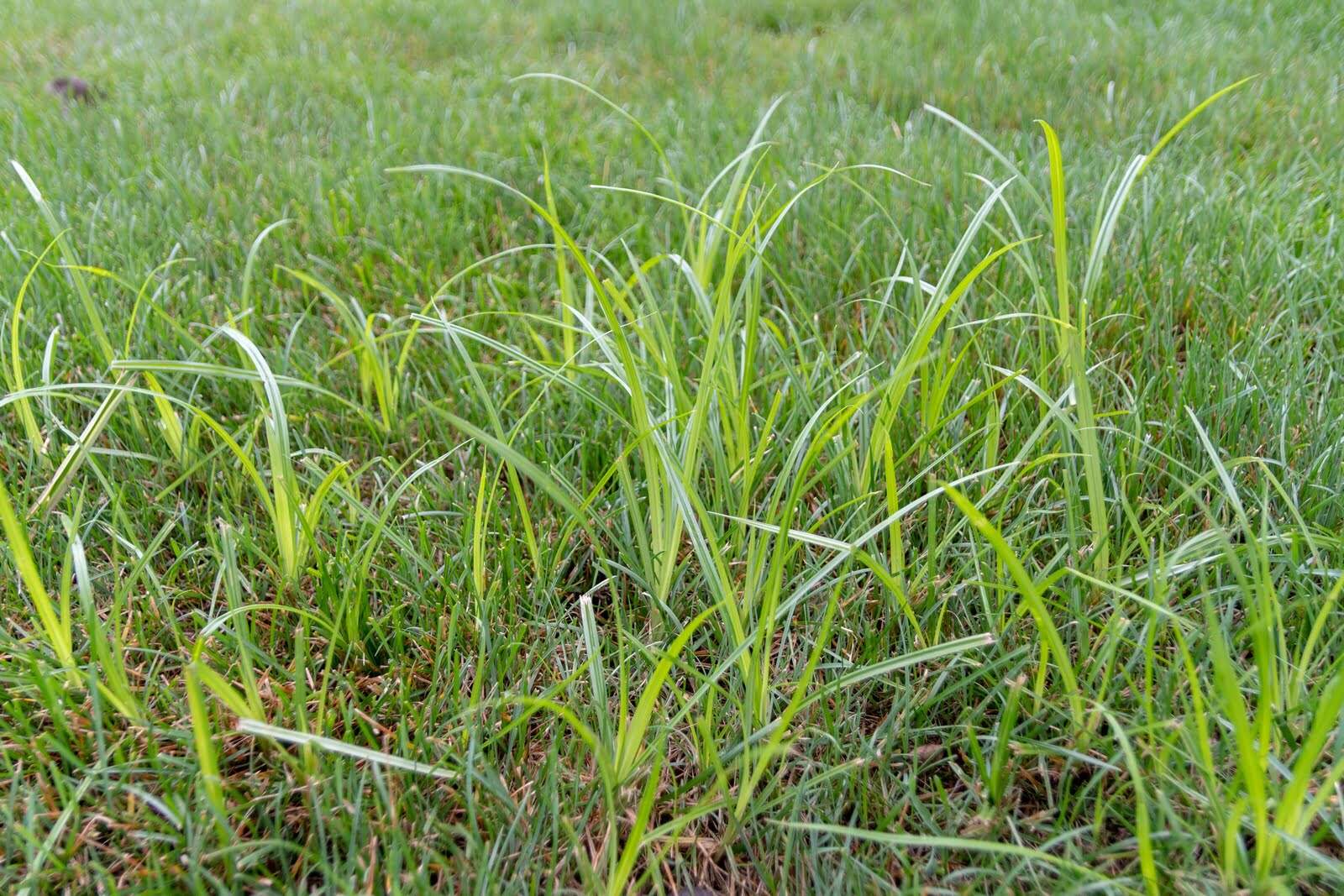
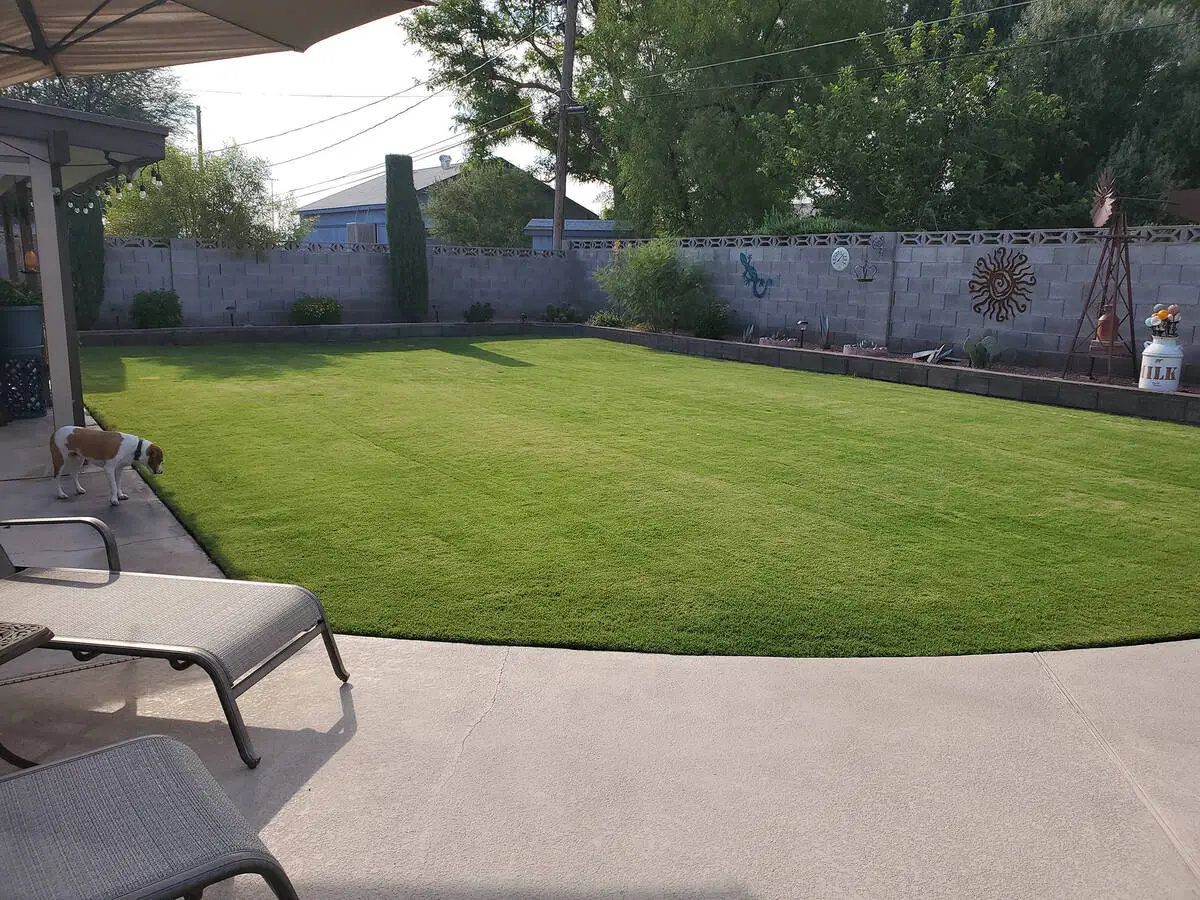
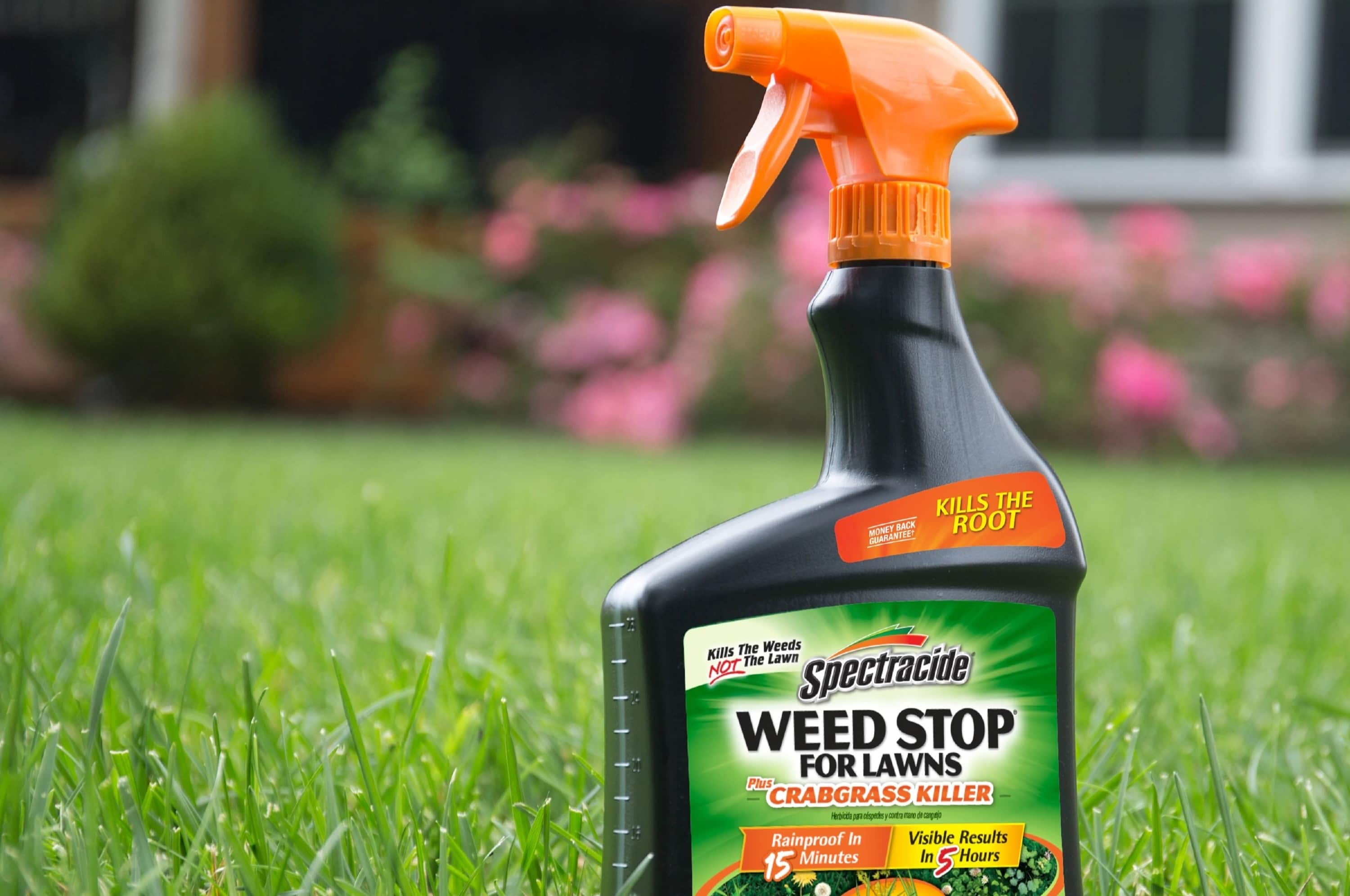

0 thoughts on “How To Kill Crabgrass In Your Lawn”